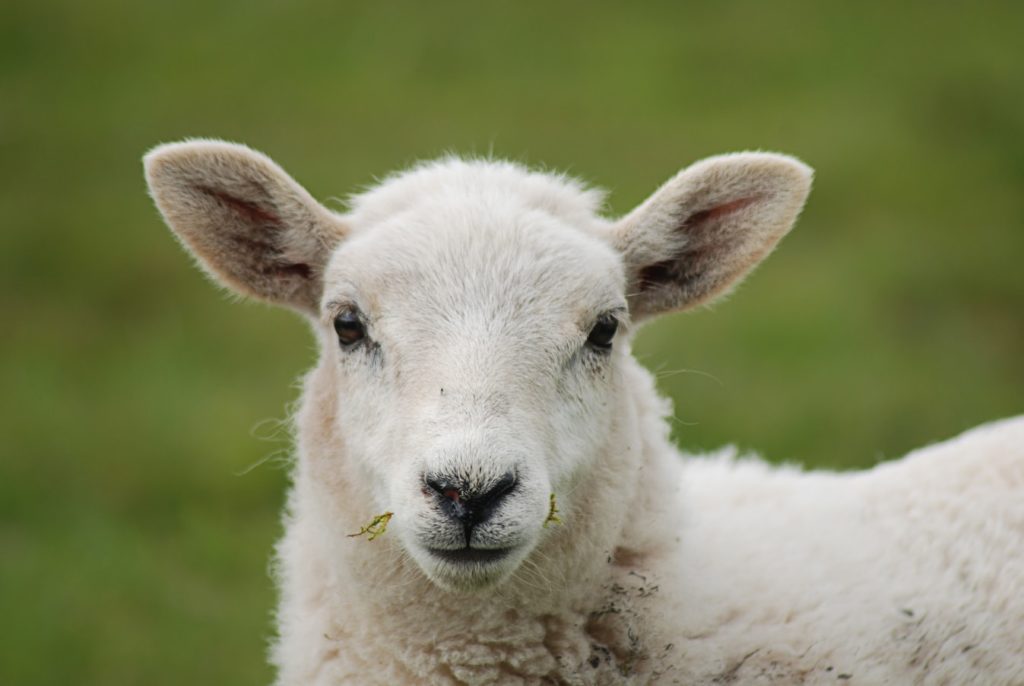Keeping Lambs Growing
23 July 2020As lambs get bigger, they get less efficient at growing – an increasing amount of feed is needed solely for their maintenance. The contribution of energy dense milk to their diet starts to decline and the impact of mineral deficiencies and parasitic worms becomes more evident. Manage lambs to ensure plenty of quality feed is in front of them, worms are monitored and treated, and mineral deficiencies treated if necessary.
Weaning Decisions
The following are indicators that weaning would be beneficial to lamb performance:
- Grass height below 4 cm;
- Lambs growth rates under 150 grams/day;
- Lean ewes.
Early weaning is a decision based on the conditions of the year. Many consider the availability of silage aftermaths in this decision too. As Plan A, aim to wean at around 14 weeks old. The milk contributions at this point are minimal.
In extreme years, they can be weaned from as early as eight weeks old. This does require careful management and good quality forage to put weaned lambs on to however.
Conversely, if ewes are fat and the farm is lightly stocked with plenty grass, keep the lambs on longer and draw fat lambs directly off the ewes.
Minimise The Check
Move the ewes at weaning and keep lambs on the fields they are familiar with to reduce the stress. The ewes should be out of sight and earshot of the lambs.
All routine health and management procedures such as vaccinations, worming, tagging etc. should be carried out in advance of weaning to minimise stress and reduce any effect to the immune response of the lambs.
Clover Contributions
On grass only swards, weaned lambs will grow around 100g/day. With white clover, the growth rate should be 120-130g/day. Encouraging white clover into a sward is a challenge, soil fertility, grazing management, weed management and reseeding all play an important role in developing high clover swards. Prioritise the best white clover-grass pastures for the lambs. They can be moved around two weeks after weaning. Silage aftermaths are good in that they will have lower worm challenge if they have not been grazed by sheep earlier in the year. Better still, are fields that have been ungrazed by sheep for over a year.
Keep track of their growth rates by weighing a sample of lambs when they are brought in. Check for mineral deficiencies with blood and forage sampling. Monitoring always provides useful information to improve management to keep them growing well.
Poppy Frater, poppy.frater@sac.co.uk
Sign up to the FAS newsletter
Receive updates on news, events and publications from Scotland’s Farm Advisory Service

